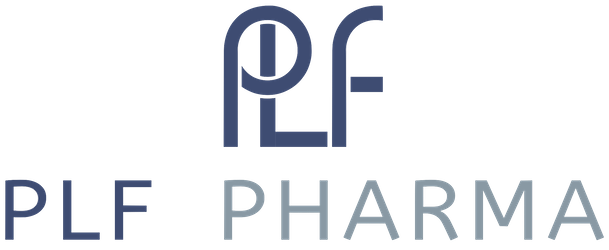Medical cannabis, also known as medical marijuana, has a long and varied history that spans thousands of years and multiple continents. While its use and legality have been hotly debated and fluctuated over time, the medicinal properties of cannabis have been consistently recognised and utilised for a wide range of conditions.
The earliest known use of cannabis for medicinal purposes dates back to ancient China, where it was used to treat a variety of ailments including pain, nausea, and inflammation. Cannabis was also used in traditional Indian medicine, known as Ayurveda, where it was believed to have therapeutic benefits for both physical and mental health.
In the 19th century, cannabis began to gain popularity in Western medicine, particularly as a pain reliever and sedative. Doctors prescribed cannabis tinctures and extracts for a wide range of conditions, including migraines, menstrual cramps, and even epilepsy.
However, as the 20th century dawned, attitudes towards cannabis began to shift. In 1937, the United States passed the Marihuana Tax Act, which effectively criminalised cannabis and made it difficult for doctors to prescribe it. This marked the beginning of a decades-long period where cannabis was viewed as a dangerous drug with no legitimate medical use.
Despite this, some researchers continued to study the potential benefits of cannabis. In the 1970s, researchers discovered that cannabis contained compounds known as cannabinoids, which interacted with the body’s endocannabinoid system to produce a variety of therapeutic effects. This discovery renewed interest in the medicinal properties of cannabis and sparked a new wave of research into its potential uses.
In the 1990s, several states in the United States began to legalise medical cannabis for certain conditions, such as HIV/AIDS and cancer. This marked a major shift in attitudes towards cannabis, as it was increasingly recognised as a legitimate medical treatment.
Since then, the legalisation of medical cannabis has continued to spread. As of 2021, over 30 states in the United States have legalised medical cannabis in some form, and several countries around the world have also legalised it for medical use including the UK in 2018.
Today, medical cannabis is used to treat a wide range of conditions, including chronic pain, epilepsy, multiple sclerosis, and anxiety. It is often used as a substitute for prescription opioids, which can be highly addictive and have a high risk of overdose.
While the medical use of cannabis has come a long way, it is still a controversial topic. Some argue that more research is needed to fully understand the potential benefits and risks of cannabis, while others believe that it should be more widely available as a medical treatment.
Despite the ongoing debate, the history of medical cannabis highlights the importance of recognising and exploring the potential benefits of natural remedies. As research into the medicinal properties of cannabis continues, it is likely that we will continue to discover new uses for this ancient plant.
PLF Pharma tailor their formulations of cannabis based medicines with varying Ratios of THC, CBD, CBG, CBN, and a full array of terpenes and flavonoids resulting in a full plant extract to best suit each medical condition. This will be available in variety of different delivery methods ranging from flower, tincture’s, inhalers, soft gel capsules, topical creams and transdermal patches, made available via prescription to patients via the NHS and private clinics.
